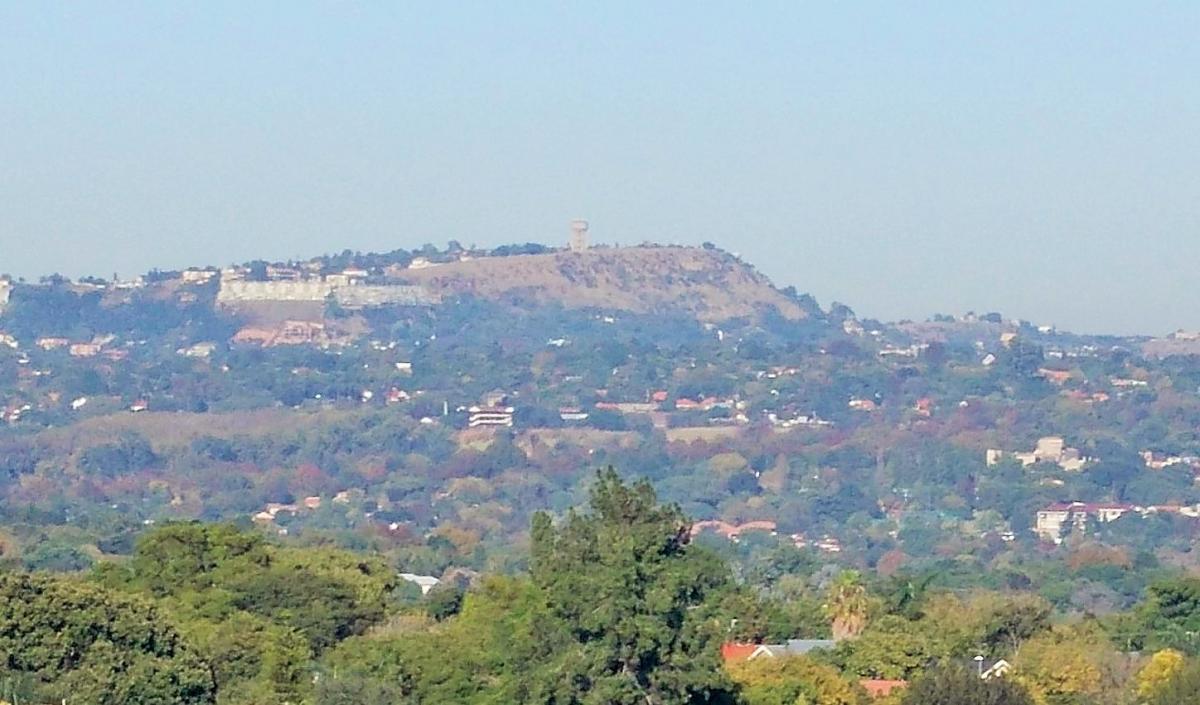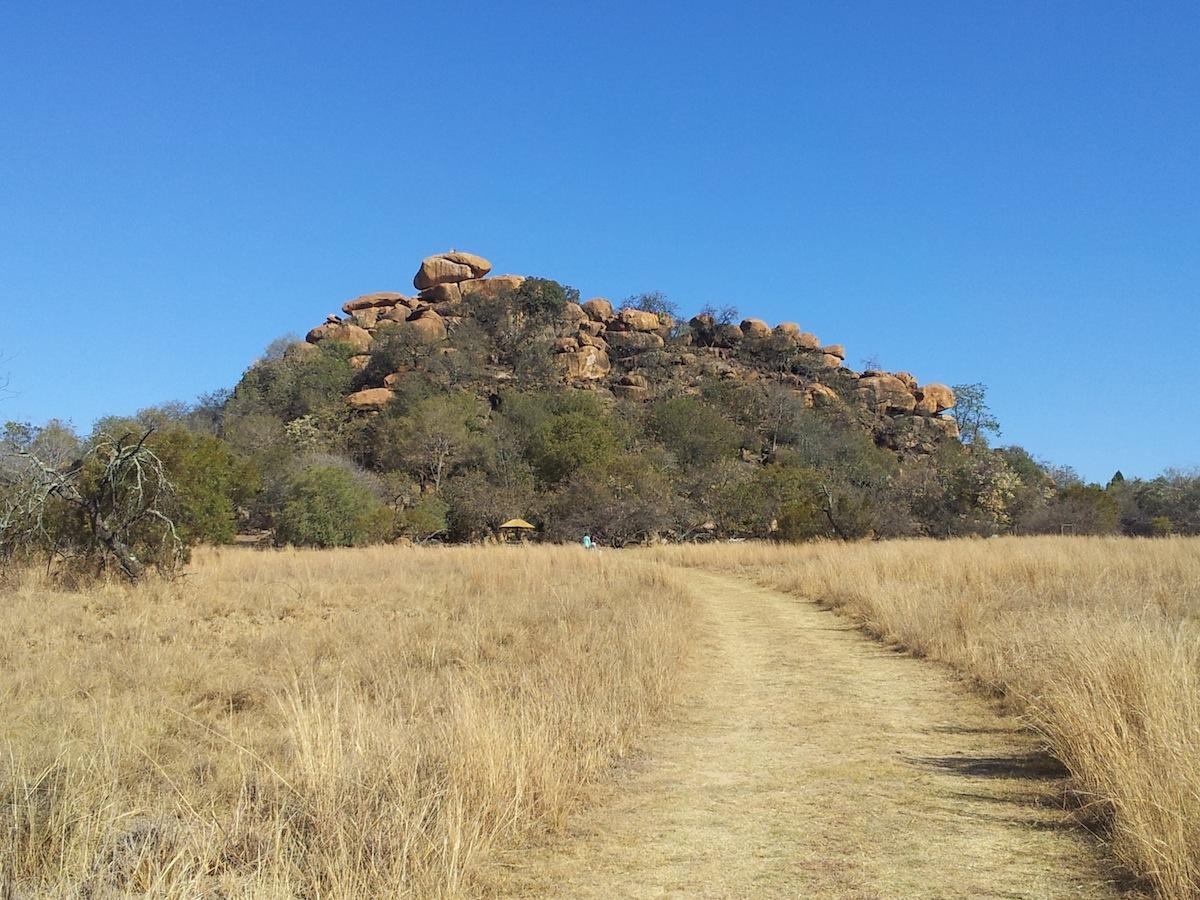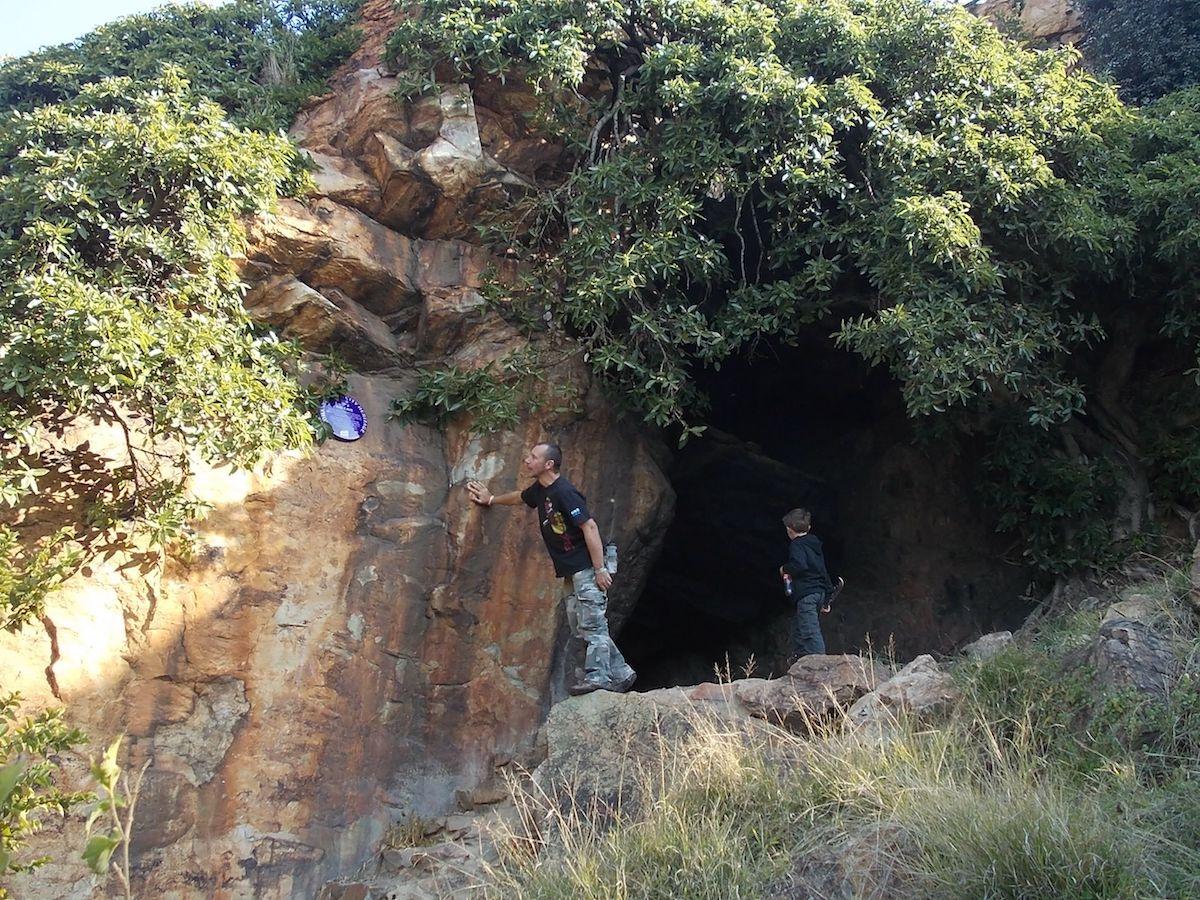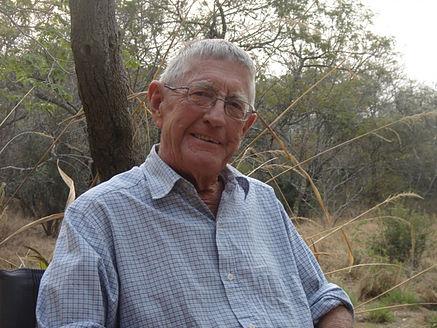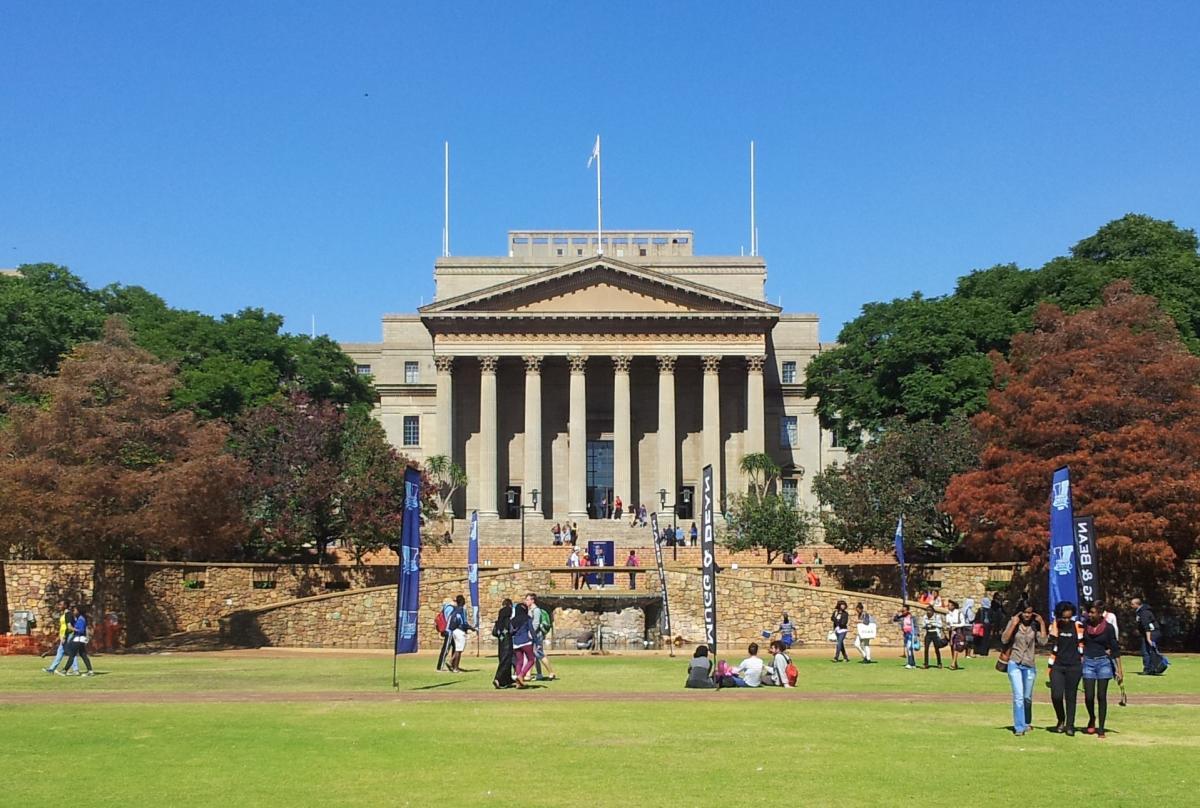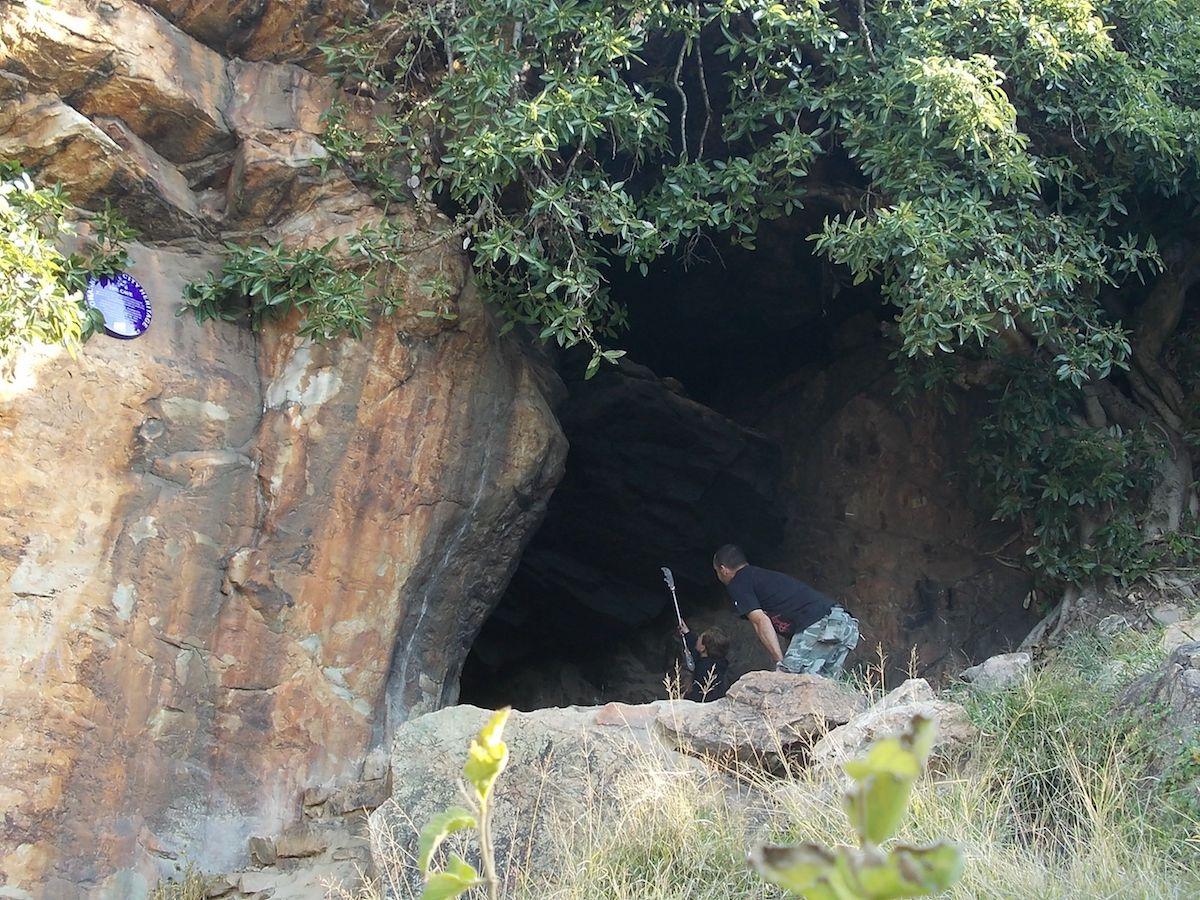
Disclaimer: Any views expressed by individuals and organisations are their own and do not in any way represent the views of The Heritage Portal. If you find any mistakes or historical inaccuracies, please contact the editor.
In the article below, journalist Lucille Davie highlights the remarkable work of archaeologist Revil Mason. The piece was originally published on the City of Joburg's website on 19 November 2009. Click here to view more of Davie's work.
We might not know about the historical significance of Melville Koppies and other areas of Joburg if not for the meticulous work done by archaeologist Revil Mason.
Now retired, Mason is credited with uncovering the secrets of iron smelting at the koppies, one of the last indigenous, protected green lungs in the city.
Mason went on to find 14 more prehistoric iron furnaces in the suburbs of Northcliff, Lonehill, Panorama and Bruma. In the Klipriviersberg Nature Reserve in southern Joburg he found 110 prehistoric Sotho/Tswana villages, occupied from 1500 to 1800.
Northcliff Hill (The Heritage Portal)
Lonehill Koppie (The Heritage Portal)
His excavations led to the koppies being proclaimed a national monument, now a heritage site, in 1963.
Mason, former professor of research in the Wits department of archaeology, uncovered an Iron Age furnace on the koppies, dating to around 1600AD.
"In 1948 I found Stone Age artefacts on Melville Koppies, then covered in cattle, including a beautiful handaxe. I gave this to the Melville Koppies Committee. In 1963 they asked me to look for more. I went there and found the prehistoric furnace. The upper part was faintly visible as a ring. Lots of visitors had walked over it, not realising it was there.”
Mason excavated the 400-year-old furnace, then went down deeper, uncovering a 50 000-year-old stone tool factory, down through that and at two metres, uncovered earliest Joburg as a 500 000-year-old Stone Age camp.
These people would have roamed in family parties in thick bush along the Westdene and Braamfontein spruits, in the Auckland Park and Melville valleys. Their artefacts consist of sharp stone flakes struck off a stone core with a stone hammer.
"There was great excitement during excavation. The whole of Johannesburg used to have these settlements, but they have been preserved at Melville Koppies only. Johannesburg is part of a huge prehistoric development, and a small part of that history is captured at the koppies," said Mason.
He also investigated a shallow cave above Beyers Naude Drive, between the central and western koppies areas.
The cave above Beyers Naude Drive (The Heritage Portal)
"We have found six pieces of broken bow and arrow points, of the kind used by the San until recently, in the cave, and a grooved stone which would have been used for shaping the arrow." Mason estimates the findings to be around 1 000 years old.
Mason’s excavations in Johannesburg have revealed that between 200 and 500 years ago there were thriving black communities in the area, based on medium-scale village building, with a vibrant farming culture.
He found thousands of similar villages in aerial photos stretching from Zeerust in North West province, to Barberton in Mpumalanga.
”Some of the stone walls were three to four kilometres in length.” He has done extensive work in the Magaliesberg region too.
“Revil Mason was brilliant, creative, unpredictable, sometimes difficult, humorous, an indefatigable field archaeologist who excavated more sites in the northern half of South Africa, mainly the old Transvaal province, than any other person,” says respected palaeontologist Phillip Tobias, professor emeritus of anatomy and human biology at Wits University, and one of South Africa’s most distinguished scientists.
Revil Mason (Lucille Davie)
Broederstroom excavations
Mason is also known for his work at Broederstroom near Hartebeespoort Dam in the 1970s. Pottery fragments found in this small town by Mason date back to AD460, almost the earliest Iron Age site in the country. Potsherds found on the Silver Leaves farm near Tzaneen in Limpopo have been dated from AD230 to AD270.
“The site at Broederstroom contained well-preserved clay hut remains, iron furnaces 1 500 years older than Iscor [where iron was smeltered from 1938], and much more,” says Mason.
“There is every prospect that a reasonably complete sequence of Iron Age settlements will be discovered in South Africa perhaps even commencing before the birth of Christ and continuing to the transformations of the nineteenth century,” said Mason in his paper in the November 1973 issue of the South African Journal of Science.
Mason excavated a broad area, from Broederstroom, which dates from AD460, through to Olifantspoort, dating from AD1820. The periods cover the Iron Age through to the Late Iron Age. Archaeological evidence suggests that settlements consisted of up to 20 000 people, growing sorghum, millets, ground beans and cowpeas. These communities lived in permanent settlements with raised grain bins and underground storage pits. They kept cattle, sheep and goats.
Makapansgat excavations
When Mason was 24 he was put in charge of excavation work at Makapansgat in North West province in 1953, continuing the work begun there by distinguished scientists C van Riet Lowe, James Kitching and Raymond Dart.
“Three seasons - 1953, 1954 and 1955 - were enough for Mason not only to complete the excavation at the Cave of Hearths but to visit and tackle the comparison of every significant soil-eroded area, cave painting site or Iron Age settlement in the Union and South West Africa that might assist in the interpretation of its stratification,” writes Dart in the foreword to Mason’s Prehistory of the Transvaal, published in 1962.
His work there involved uncovering four different levels of existence. His excavations explored four layers in the cave, and uncovered life of homo erectus there over 500 000 years ago.
”At Makapansgat we explored some of the earliest homo sapiens’ tool making, from between 200 000 to 500 000 years ago,” he says.
There was evidence of early San, from 5 000 to 10 000 years ago; and signs of black communities 500 years ago.
He has explored other sites around Polokwane, where he uncovered a 50 000-year-old camp of Stone Age hunters who killed giant extinct buffalo, horses earlier than zebra, and dwarf springbok.
He has explored a 500 000-year-old fireplace. “Early man was mainly scavenging then, not hunting, and not cooking,” he explains.
Born in Joburg
Mason now lives on a four-acre plot in Northriding. He is a Joburger by birth, as were his parents. His great grandfather came to Pietermaritzburg in 1849, and walked up to Joburg to work on the gold mines in 1889.
He keeps himself busy by visiting places of historical and archaeological interest: Brandberg in Namibia, where in 1954 he found the first San painting; Buddhist art in Asia; and gold Scythian art in Russia and western China.
He graduated with a BCom degree from Wits but halfway through he visited Makapansgat with the Archaeological Society in 1948. He had always had an interest in history, and meeting the society members engendered an interest in mountains.
View towards the Wits Great Hall (The Heritage Portal)
“I couldn’t stand working in an office, so I went to UCT to study archaeology,” he says. What Mason doesn’t say is that when he graduated in commerce, he received the Chamber of Industries gold medal, and the Alexander Aiken Medal.
Dart records that Mason put his commerce degree to good use. “Where this work [Prehistory of the Transvaal] parts company with previous comparable compositions is in Dr Mason’s thorough application of the statistical touchstone derived from his background of commerce.”
“His originality stands out in my memory. For instance, he was the first pre-historian in South Africa, possibly Africa, to use statistical methods in analysing artefacts,” says Tobias.
He learnt these techniques in the south of France, working with a French archaeologist in Bordeaux.
Replacing Boer history
Mason says that when he was at school he was subjected to the Afrikaans government’s version of history. “This infuriated me – South Africa needed a better history. Archaeology was patriotic and scientific, and helped to replace Boer history.”
He wanted to be involved in developing heritage sites so as to recognise everyone’s achievements.
Mason has published several books, the most famous of which is Prehistory of the Transvaal. In 1987 he published Origins of the Africa People of the Johannesburg Area. Other publications include Cave of Hearth’s Makapansgat, Transvaal; Other Stone Age stuff – Kruger Mogale Cave in Magaliesberg; and Krugers Cave, Magaliesberg, Transvaal.
”I have done 40 years in black origins work, dedicated to a just society.”
When asked if he gets lonely on his own on his plot, he says: “I’m not really lonely. I go biking, walking, and save up to go to Brandberg.”
He has taken on a 1 600km mountain bike ride through Pakistan; and has ridden from Canada down the Rockies in the US.
Mason sums up his connection to archaeology in the last sentence of the introduction to Prehistory of the Transvaal: “There are few things better than finding perfect Stone Age weapons in the silences of the bushveld, where evening liberates the feelings, and in the sunset sky the day rests quietly on the strong shoulders of the hills.”
Lucille Davie has for many years written about Jozi people and places, as well as the city's history and heritage. Take a look at lucilledavie.co.za
Comments will load below. If for any reason none appear click here for some troubleshooting tips. If you would like to post a comment and need instructions click here.

